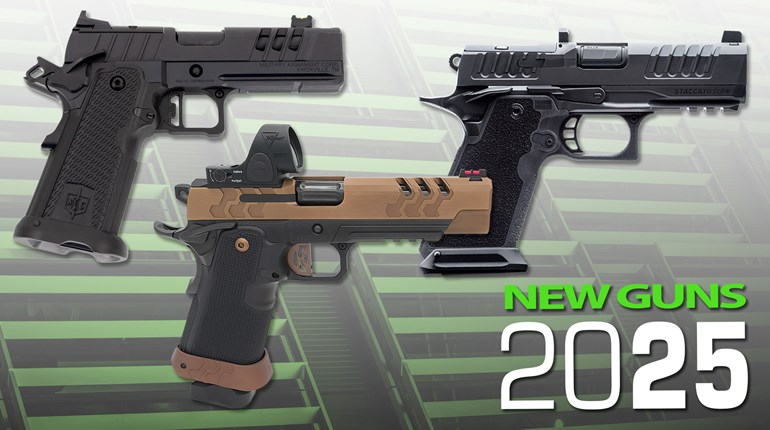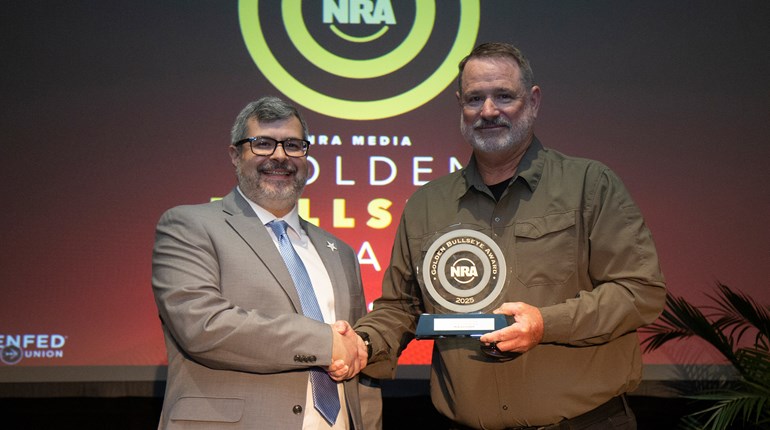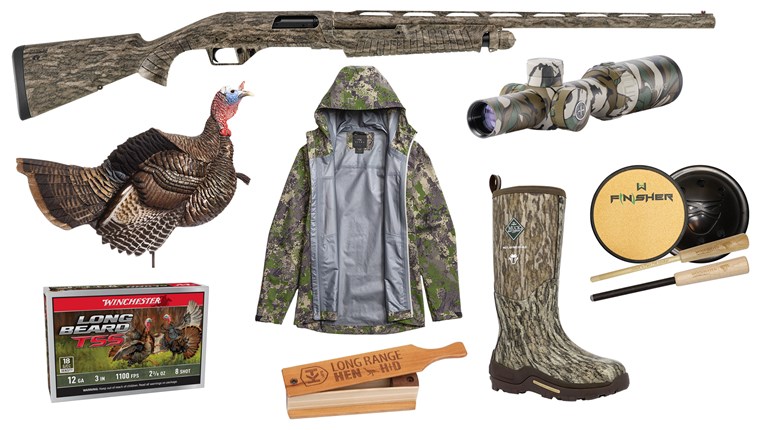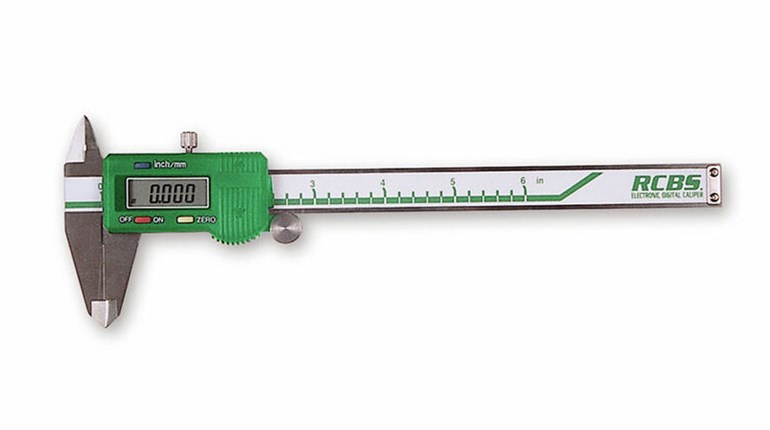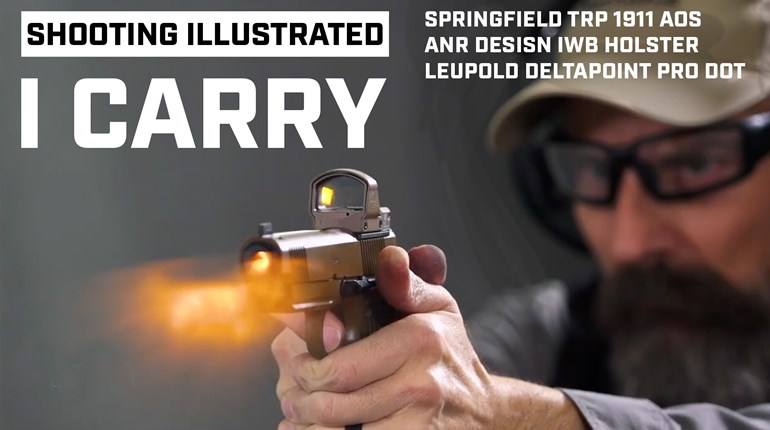Firearm: Springfield Armory Hellcat Pro (MSRP: $634)
We ran through the dimensions of the Springfield Armory Hellcat Pro the last time we featured it on “I Carry,” so we’ll just recap quickly: it falls somewhere in between the micro-9 mm double-stack handguns like the original Hellcat and the SIG Sauer P365 and the compact handguns like the Glock G19 and Smith & Wesson M&P Compact pistols. The Hellcat Pro offers a barely-three-finger grip with a flush-fit, 15-round magazine, so it’s less likely a shooter will need or want an extended magazine for finger placement.
In overall length, the Hellcat Pro is a bit longer, of course, with a 3.7-inch barrel compared to the 3-inch barrel of the standard Hellcat. Since both pistols, especially with red-dot sights attached, are almost certainly going to be carried inside the waistband rather than in a pocket, this extra length is negligible, as it’s below the belt line and out of sight. I’ve carried both the Hellcat and the Hellcat Pro in the appendix position and I can’t tell the two apart, that’s how similar they are in size as far as concealability goes.
That’s another thing to consider when it comes to the Hellcat Pro. If you’re used to the Hellcat, the Pro version gives you slightly more capacity and a bit more velocity, while maintaining the same ease of concealment. It would be quite the natural thing to have a standard Hellcat as a backup to the Hellcat Pro, either in a pocket or ankle holster, with the Pro carried inside-the-waistband. It’s a similar setup as a Glock G26 backing up a G19 – right down to sharing magazines (the Hellcat can use Hellcat Pro magazines, but obviously not the reverse).
If you’re trying to decide between the two, the best advice we can offer is to see if you can try both out side-by-side. Whether the Hellcat Pro offers more of an advantage in shootability over the concealability of the standard Hellcat is up to the individual shooter; how either carries will vary similarly. In either case, though, it’s a thoroughly modern pistol design with a robust and growing aftermarket. Lots of choices, which is good.
Holster: Blackpoint Dualpoint 2.0 (MSRP: $89)
One of the ways the Hellcat Pro and the standard Hellcat are different, though, is in holster fit. The Pro has a small section of accessory rail at the end of the dustcover that makes it just a little too wide to fit in holsters for the standard Hellcat. That means a dedicated holster for the Hellcat Pro will be needed, like the Blackpoint Tactical Dualpoint 2.0 holster we have today.
Constructed of single-sheet, .08 Kydex, the Dualpoint 2.0 holster offers a minimalist approach for smaller handguns carried in the appendix position. Rather than an attached wing, the Dualpoint 2.0 has a molded projection to angle the grip in toward the body for the same function. Twin tuckable steel clips keep the holster in place, while Blackpoint’s molded entry wedge is designed to allow faster attachment of the holster to the belt by covering hardware, preventing snags. All Dualpoint 2.0 holsters are cut for optics and available for right- and left-handed shooters.
Optic: Swampfox Sentinel (MSRP: $229)
Since the Hellcat Pro is optics-ready, it makes sense to equip it with a red-dot sight, right? We’ve added a Swampfox Sentinel red-dot sight to the Hellcat Pro, finding it to be a robust, durable option that’s budget-friendly but anything but cheap. Interesting in optics of this size, the Sentinel is available both with automatic-light-sensing capabilities or with manual brightness controls for those who prefer to choose their own brightness levels.
Don’t let the price fool you—the Sentinel is made of 7075 aluminum and contains a glass lens. It has 10 brightness levels on the manual version, a 3-MOA dot and approximately 2 year battery life using a standard CR2032 battery. Impact- and water-resistant, the Sentinel can be protected by way of the Ironsides Shield available separately from Swampfox, especially useful for those who, like me, tend to be hard on our hardware. At an MSRP well below $250 (and much closer to $200 in real-world situations), the Sentinel represents exceptional value. I’ve been running this model for a little over a year now, and haven’t had a single problem.
